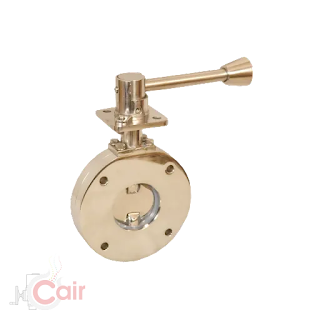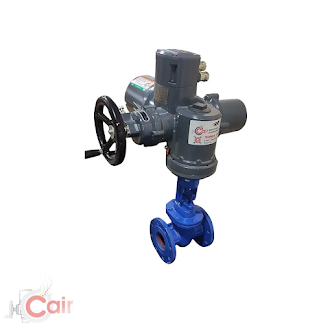Advantages and Limitations of Ball Valves
What are Ball Valves?
Known as a ball valve, it rotates in a quarter-turn motion and has a ball-shaped surface for stopping or starting flow. The ball spins when the valve is opened, aligning the hole through the ball with the inlet and exit of the valve body. As the ball rotates around the valve body, the hole becomes perpendicular to the flow opening, blocking the flow.
Industrial valves are widely used, and it is safe to repair them before they corrode away to ensure that they remain functional. To ensure smooth operation, cleaning and lubrication should be performed regularly.
Materials
A variety of metals are commonly used in the construction of the balls, although the seats are typically made of soft materials such as Teflon®, Neoprene, or combinations of these. Soft-seat materials are excellent insulators. High temperatures are one of the disadvantages of soft-seat materials (elastomeric materials).
Stem Engineering:
A ball valve does not have a stem attached to it. Balls usually have a rectangular part that fits into a slot carved into them. By opening and closing the valve, the ball spins as it expands.
Ball valve bonnet:
In addition to gates and globes, bonnets are also crucial components. By removing the bonnet, maintenance crews can access the interior systems and replace parts such as the seat, stem, and other components.
Advantages of ball valves:
Ball valves provide a bubble-tight seal with minimal torque and require no lubrication.
It is often far less expensive to purchase them than equivalent goods for the same task.
When used properly, they have a long service life and will provide many years of reliable service. Plastic ball valves are not corrosive, and they are less likely to be damaged than other valve types.
It is easy to install and operate ball valves, and plastic ball valves are lightweight and easy to handle.
Their versatility allows them to be used in a wide range of industrial applications where liquid or gas flow needs to be controlled.
Ball valves are capable of maintaining and regulating high pressures, volumes, and temperatures.
Valve seats are easily accessible when a valve needs to be repaired.
Limitations of ball valves:
Choking features that do not provide any help: When a choking position is present, high-velocity flows can cause erosion of a partially exposed seat. Therefore, they aren't recommended for long-term use.
When used to regulate the wrong fluids, such as slurries, ball valves can become stuck and jammed because suspended particles are trapped inside. The valve may wear out, become damaged, or become stuck as a result.
We are the leading ball valve supplier in India. We offer various types of industrial valves like ball valves, butterfly valves, control valves, globe valves, and many more.


Comments
Post a Comment